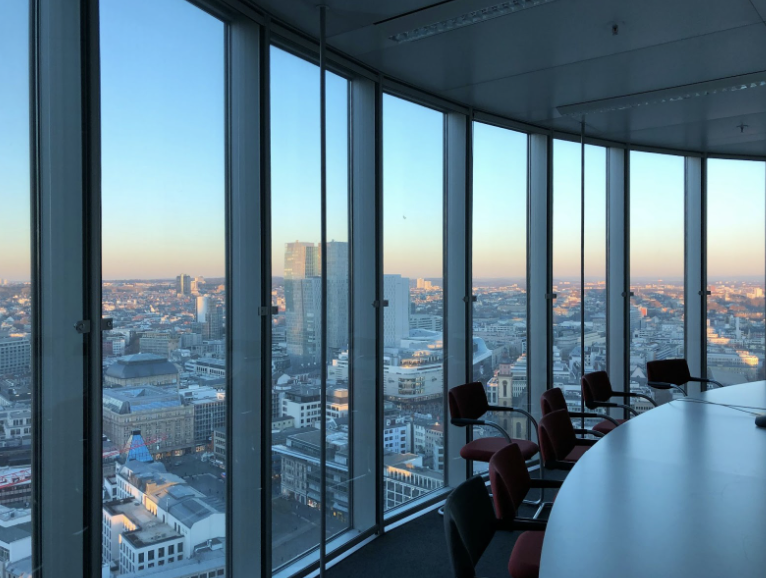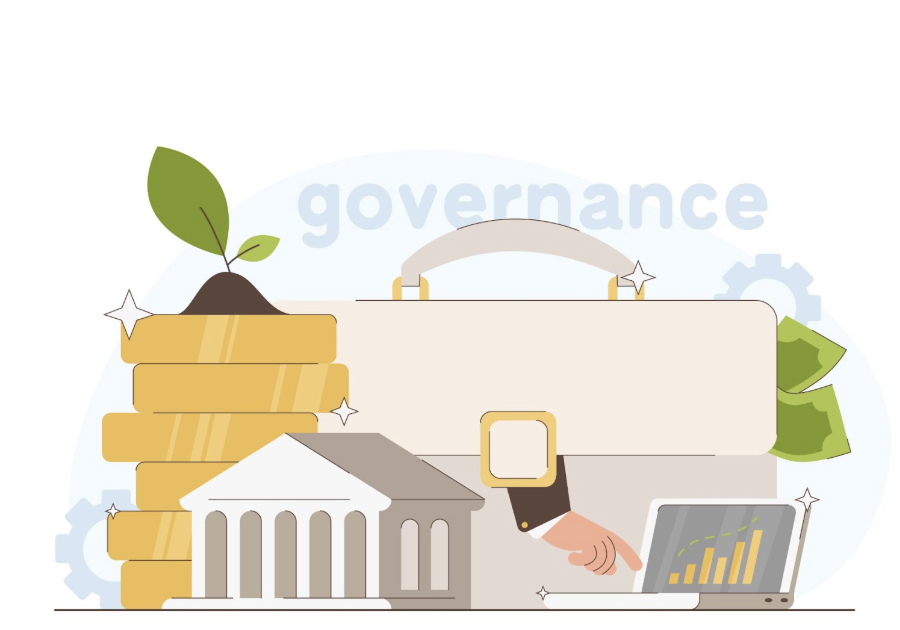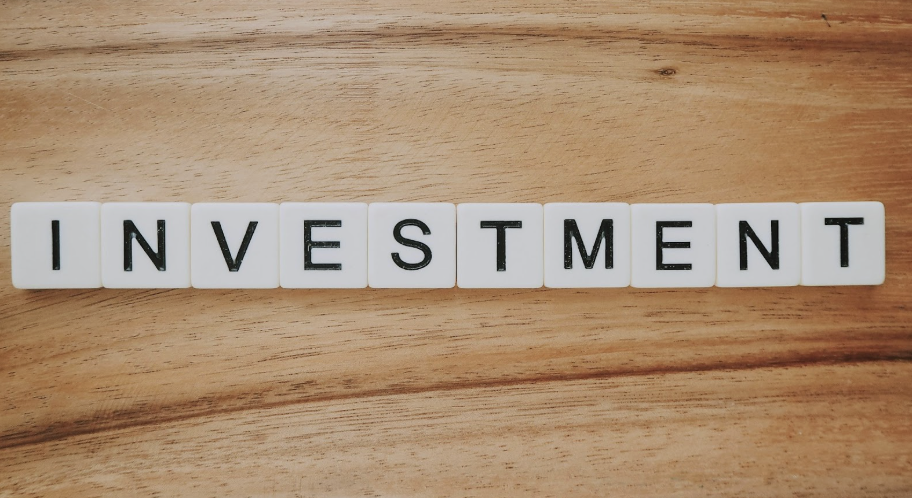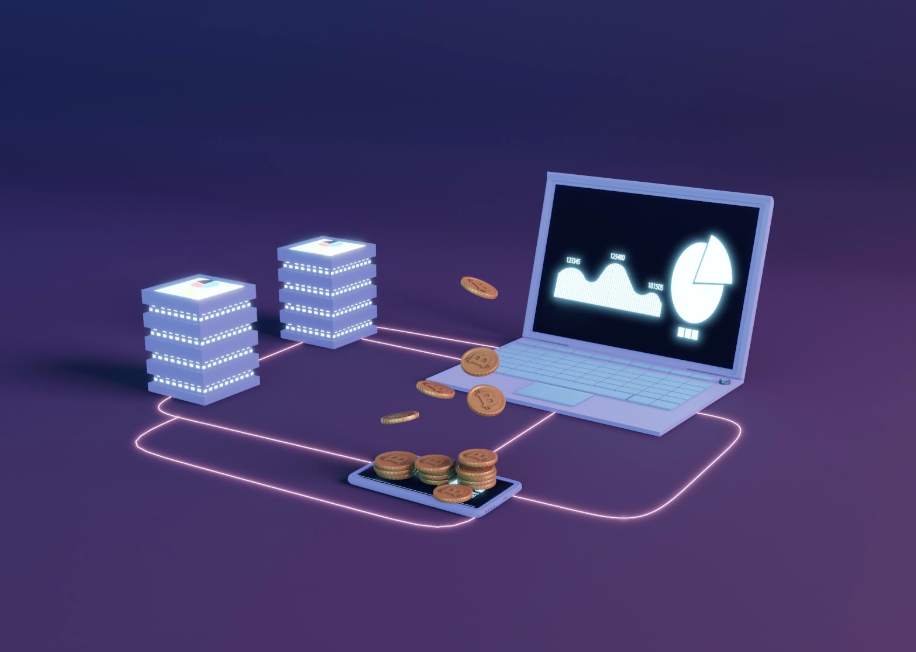In recent years, Singapore has strengthened its position as one of Asia’s most dynamic financial hubs, offering a gateway for companies seeking access to capital and global investors. At the heart of this opportunity lies the Singapore Exchange (SGX), which offers two distinct boards for listing: the Mainboard and the Catalist. Both platforms provide companies access to public markets, but they differ in their listing requirements, regulatory frameworks, and target audiences.
Choosing between the Mainboard and Catalist is a critical strategic decision that can influence your company’s growth trajectory, investor profile, and even brand perception. This article explores the key distinctions between the two, the benefits and challenges of each, and the factors to consider when deciding where your business fits best.
Understanding SGX’s Dual-Board Structure
The SGX’s dual-board system is designed to serve companies at different stages of maturity and growth.
The Mainboard is the primary market for established, profitable companies seeking to raise substantial capital and attract institutional investors. It’s home to blue-chip names and regional leaders with strong track records and corporate governance structures.
The Catalist, on the other hand, serves as a growth board for small to medium enterprises (SMEs) and high-potential startups that may not yet meet the Mainboard’s stringent criteria but have strong expansion prospects.
This dual framework reflects SGX’s goal to nurture companies across their growth journey, from early-stage ventures to large, multinational corporations.
The SGX Mainboard: A Platform for Proven Leaders
The Mainboard is widely recognized for its credibility and prestige. Companies listed here are typically mature businesses with a proven track record of financial performance and an established market presence.
Key Requirements
To qualify for the Mainboard, a company must meet at least one of the following financial tests:
Profit Test: At least SGD 30 million in pre-tax profit over the last three years, with a minimum of SGD 7.5 million in the latest year.
Market Capitalization Test: A market cap of at least SGD 150 million if profitability requirements aren’t met.
Revenue Test: At least SGD 300 million in revenue for the latest completed financial year.
Companies must also demonstrate solid corporate governance, a diversified shareholder base, and compliance with the Singapore Code of Corporate Governance.
Advantages of Listing on the Mainboard
Prestige and visibility: Mainboard listing enhances credibility and signals financial strength to global investors.
Access to institutional investors: The board attracts mutual funds, pension funds, and long-term institutional players.
Liquidity and valuation premium: Mainboard-listed companies generally enjoy higher trading volumes and valuation multiples.
Challenges
However, the Mainboard’s rigorous requirements can be a hurdle for fast-growing but still-developing businesses. The higher compliance costs, strict reporting standards, and need for consistent profitability may not be suitable for younger enterprises that are still in the scaling phase.
The SGX Catalist: Accelerating Growth for Emerging Companies
Launched in 2007, the Catalist board is designed to support emerging and high-growth companies seeking public funding without the heavy regulatory burden of the Mainboard. It’s modeled after similar growth markets such as London’s AIM (Alternative Investment Market).
Key Features
Unlike the Mainboard, the Catalist does not prescribe minimum financial criteria. Instead, companies must be sponsored by an approved sponsor, who evaluates their suitability for listing and guides them through the process.
Sponsors play an ongoing role in ensuring that the company maintains compliance with SGX rules post-listing. This approach gives high-potential firms, including tech startups and innovative SMEs, a flexible entry point into public markets.
Advantages of Listing on Catalist
Flexible entry criteria: Ideal for companies in growth phases with limited profit track records.
Faster listing process: The sponsor-driven model often allows quicker time-to-market.
Visibility and growth capital: Listing enhances brand awareness, helping companies attract new investors and business partners.
Challenges
While Catalist provides accessibility, it comes with inevitable trade-offs:
Less investor confidence: Some institutional investors prefer Mainboard companies due to perceived lower risk.
Higher scrutiny from sponsors: Requires Continuous compliance monitoring.
Liquidity limitations: Smaller trading volumes can lead to more volatile share price movements.
How to Decide Which Board Fits Your Company
Choosing between the Mainboard and Catalist isn’t simply about meeting the eligibility criteria; it’s about aligning your strategic goals with the right market platform.
Here are a few guiding questions:
What stage is your company in?
If you’re a mature business with consistent earnings, the Mainboard offers long-term credibility and stability.
If you’re still in an expansion phase, Catalist provides access to funding without the burden of strict profit tests.
What type of investors are you targeting?
Mainboard attracts conservative institutional investors.
Catalist draws venture-focused and risk-tolerant investors seeking high-growth opportunities.
How much control do you want over compliance?
Mainboard companies work directly under SGX’s regulation.
Catalyst companies rely on ongoing sponsor oversight, which may feel more flexible but also more dependent on external guidance.
Are you ready for public scrutiny?
Regardless of the board, public listing means transparency, quarterly reporting, and shareholder accountability.
The Bottom Line: Aligning Your IPO Path with Your Growth Vision
Both the Mainboard and Catalist play vital roles in fueling Singapore’s vibrant capital market ecosystem. The Mainboard offers a platform for stability, prestige, and institutional growth, while Catalist champions innovation and entrepreneurial ambition.
Ultimately, the best choice depends on your company’s maturity, financial standing, and long-term goals. Many successful businesses begin their journey on Catalist and later migrate to the Mainboard as they expand, a path that demonstrates SGX’s flexibility in supporting evolving corporate needs.
Whether you’re a tech startup aiming to scale or an established enterprise ready to globalize, Singapore’s dual-board system provides a clear and supportive pathway to raise capital, enhance visibility, and unlock future growth. The key is to choose the board that not only fits your current profile but also aligns with your strategic vision for the future.






































